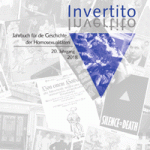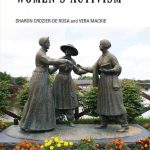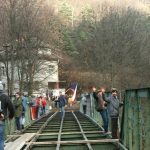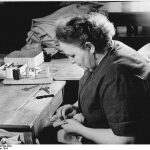 Fachverband Homosexualität und Geschichte (Köln) (Web); Fachbereich Geschichte an der Universität Salzburg; Hosi Salzburg
Fachverband Homosexualität und Geschichte (Köln) (Web); Fachbereich Geschichte an der Universität Salzburg; Hosi Salzburg
Ort: Salzburg
Zeit: 30.10-01.11.2020
Einreichfrist: 31.05.2020
In den gegenwärtigen Sexualwissenschaften gilt es inzwischen als erwiesen, dass ein erfülltes Sexualleben Menschen weniger anfällig für physische und psychische Krankheiten macht und zu einem längeren, zufriedeneren und qualitätsvolleren Leben führen kann. Grund für diese Annahmen sind die spezifische Kenntnis über die eigenen körperlichen Bedürfnisse und eine Gesellschaft, welche das Ausleben der individuellen Sexualität nicht behindert. Unter diesen Bedingungen ist Sex mit Sicherheit gesund – darüber herrscht zu Beginn des 21. Jahrhundert zumindest allgemeiner Konsens.
Versucht die Forschung den Begriff „Sexuelle Gesundheit“ eindeutig zu verorten, so wird stets die erste weltweite Definition aus dem Jahr 1975, also vor mittlerweile 45 Jahren, herangezogen, wobei eine Expertengruppe der WHO grundlegend das Recht auf sexuelle Information und das Recht auf Lust einforderte. Vor etlichen Jahren wurde diese angesprochene Definition erweitert: „Sexuelle Gesundheit ist untrennbar mit Gesundheit insgesamt, mit Wohlbefinden und Lebensqualität verbunden.
Sie ist ein Zustand des körperlichen, emotionalen und sozialen Wohlbefindens in Bezug auf die Sexualität und nicht nur das Fehlen von Krankheit, Funktionsstörungen oder Gebrechen. Sexuelle Gesundheit setzt eine positive und respektvolle Haltung zu Sexualität und sexuellen Beziehungen voraus sowie die Möglichkeit, angenehme und sichere sexuelle Erfahrungen zu machen, und zwar frei von Zwang, Diskriminierung und Gewalt. Sexuelle Gesundheit lässt sich nur erlangen und erhalten, wenn die sexuellen Rechte aller Menschen geachtet, geschützt und erfüllt werden. Weiterlesen und Quelle … (Web)




